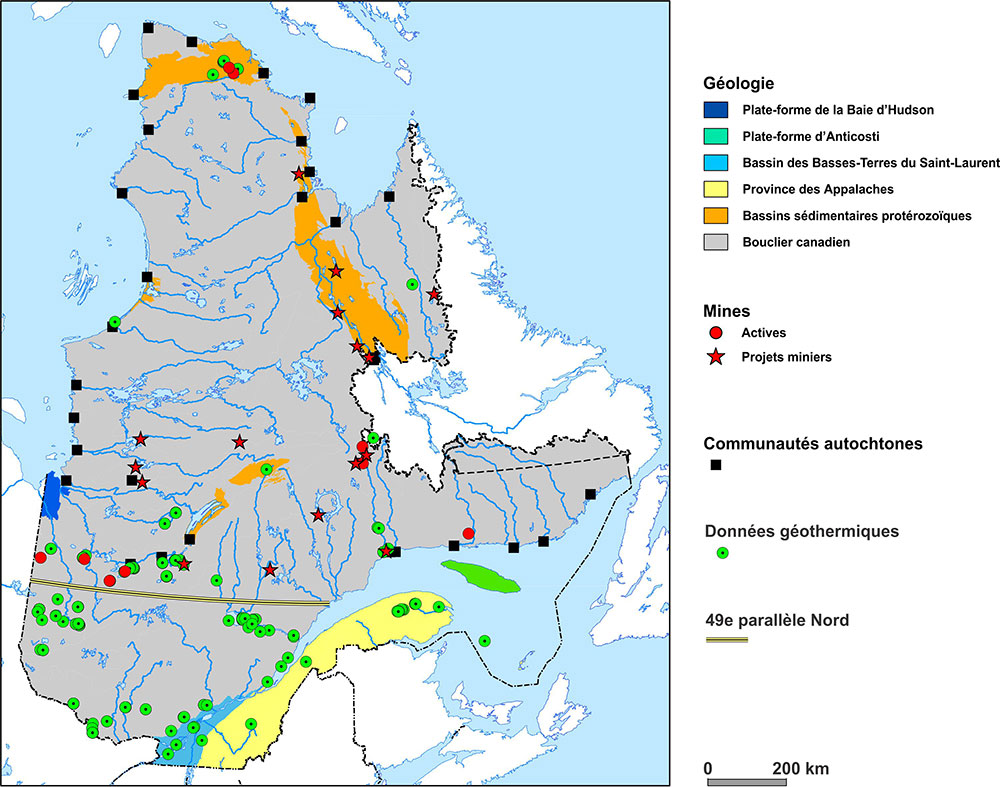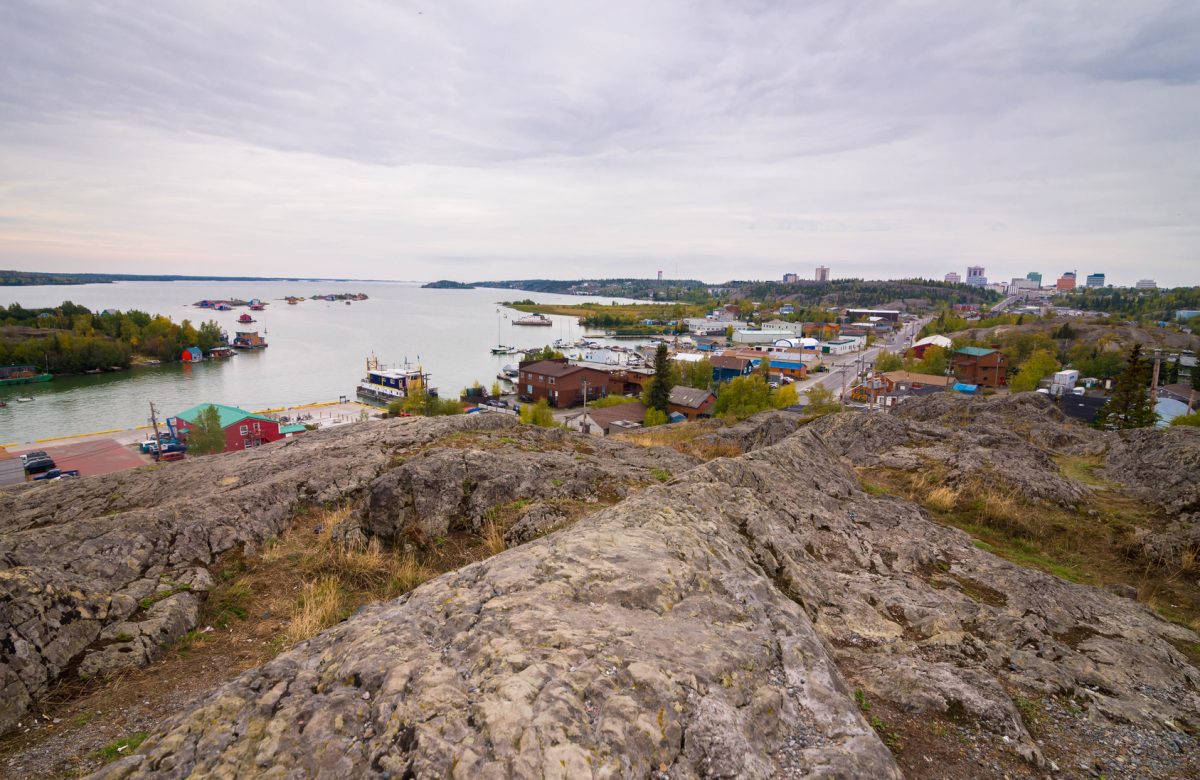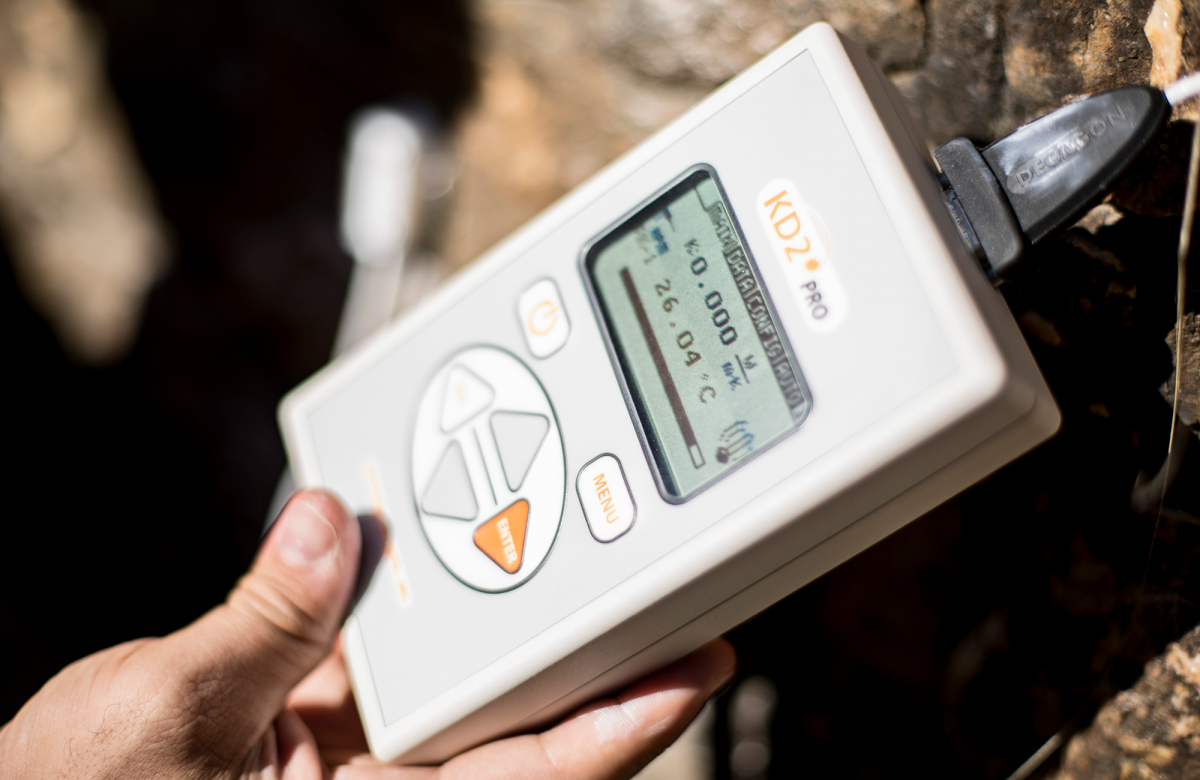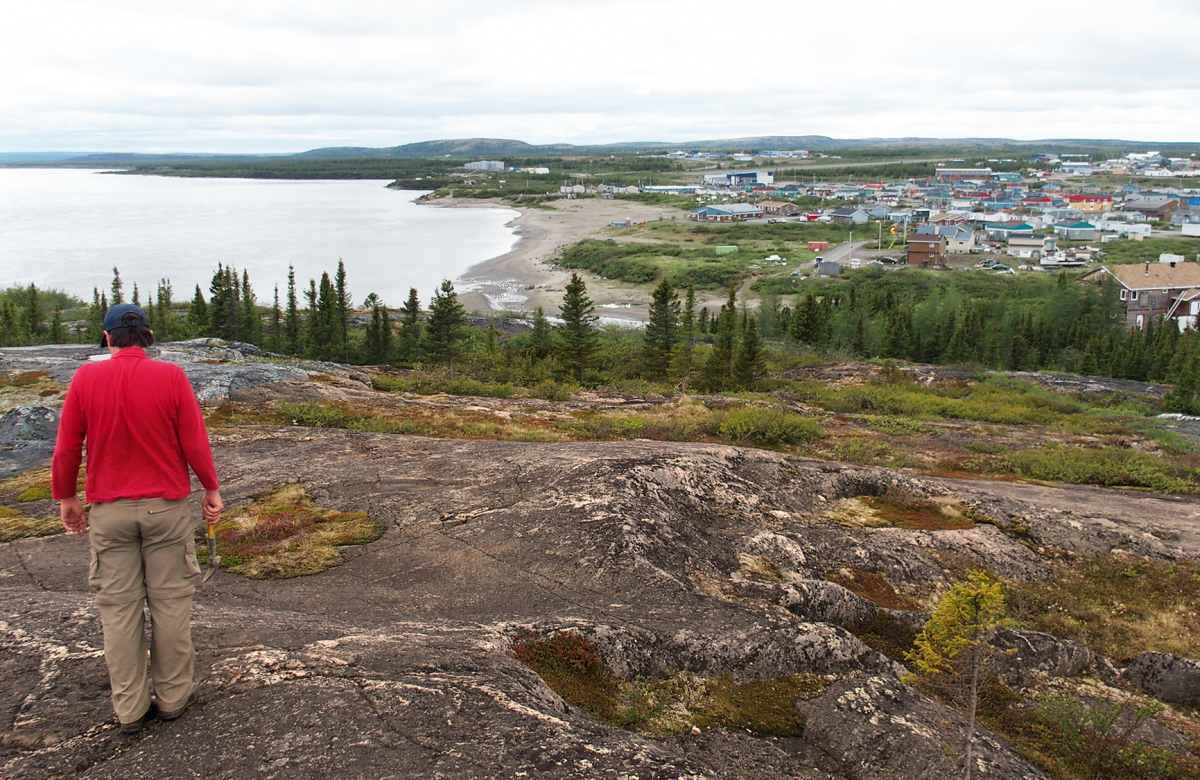Access to clean and affordable energy is critical to the development of communities and natural resources north of the 49th parallel. The mission of the INQ Northern Geothermal Potential Research Chair is to advance the knowledge needed to assess the performance of geothermal systems in cold climates, to adapt technologies to northern realities, and to help bring green energy to northern Quebec. The Chair is funded by the Institut nordique du Québec.
Chairholder
A trained hydrogeologist, Jasmin Raymond obtained his PhD at Université Laval and performed postdoctoral research at INRS through a Banting Fellowship. Professor Raymond has a keen interest in geothermal energy and conducts research at INRS on low to medium temperature resources, including heat pump systems. Mr. Raymond works with designers, operators, and manufacturers from the geothermal sector and draws on field testing and numerical modelling to conduct his research, which aims to spur scientific and technological innovation to optimize the efficiency, efficacy, and profitability of geothermal systems. Professor and chairholder Jasmin Raymond is the codirector of an international geothermal energy research group supported by UNESCO and sits on the Canadian Standards Association geothermal heat pump task group and the Geoscience BC Geothermal Technical Advisory Committee. He teaches geothermal energy basics and is the co-author of a report by the Geological Survey of Canada on the geothermal energy resource potential of the country. He is the recipient of the Canadian Geotechnical Society’s 2016 Colloquium Lecture honour.
Objectives
The research will be used to evaluate strategies for reducing hydrocarbon consumption and increasing the productivity of geothermal systems in northern environments to make them more affordable and provide access to clean energy. The strategy for meeting this goal is threefold:
- Identify northern geological environments with high geothermal potential
- Improve the design and operating procedures of northern geothermal systems installed in a permafrost area
- Develop technologies to facilitate geothermal development in the North
Background
Hydrocarbons transported by truck, train and boat are the main source of heat and electricity in the North, a situation that comes at a high financial and environmental cost. Geothermal technologies offer an alternative that can be used to diversify energy sources and reduce greenhouse gas emissions. This could give rise to new business activities of great benefit to northern communities, such as greenhouse operations for producing fruits and vegetables locally. However, the extent of geothermal resources available in the North is still largely unknown. The region is vast and the thermohydraulic properties characterizing shallow and deep geothermal resources vary greatly. The research chair aims to demonstrate the potential of northern geothermal resources so that this renewable energy source can be developed.
Advance Knowledge and Develop Technologies
The research project focuses on two northern regions with distinct energy supply profiles:
- the mines and villages connected to a distribution system, primarily in the James Bay area
- the Aboriginal villages deserved by off-grid systems in northern Québec, mainly in Nunavik
The researchers will assess the state of local geothermal resources, develop hydrogeological and energy models to predict the operating temperatures of potential geothermal systems, develop new modelling strategies to improve the methods used to design heat pumps, improve underground thermal energy storage, and study the impact of permafrost, among others.

The chair seeks to innovate by developing underused geothermal resources and technologies, one of very few local alternatives for continuous heat production. With the acquisition of new knowledge, use of these resources and technologies can be extended to northern Quebec and new simulation approaches can be tested to determine if geothermal technology is a viable alternative in the North.
Partners and collaborators
Local organizations
- Corporation foncière Nayumivik
- Société Kuujjuamiut
- Cree Nation Government
- Whapmagoostui First Nation
- NV Kuujjuarapik
Companies
- Nunatech-Englobe
- Induktion Géothermie
- CIMA+
Government agencies and research institutions
In the country
- Centre d’études nordiques (CEN)
- Centre TERRE, Cégep de Jonquière (CCTT)
- Nergica, Cégep de la Gaspésie et des Îles (CCTT)
- Transition Énergétique Québec, Gouvernement du Québec
- Commission géologique du Yukon, Gouvernement du Yukon
- Commission géologique des Territoires du Nord-Ouest, Gouvernement des Territoires du Nord-Ouest
Abroad
- BRGM (France)
- Université de Rennes 1 (France)
- Politecnico di Torino (Italie)
- Università di Torino (Italie)
- Háskólinn í Reykjavík (Islande)
- Kungliga Tekniska högskolan (Suède)
- Universidad de Medellín (Colombie)





